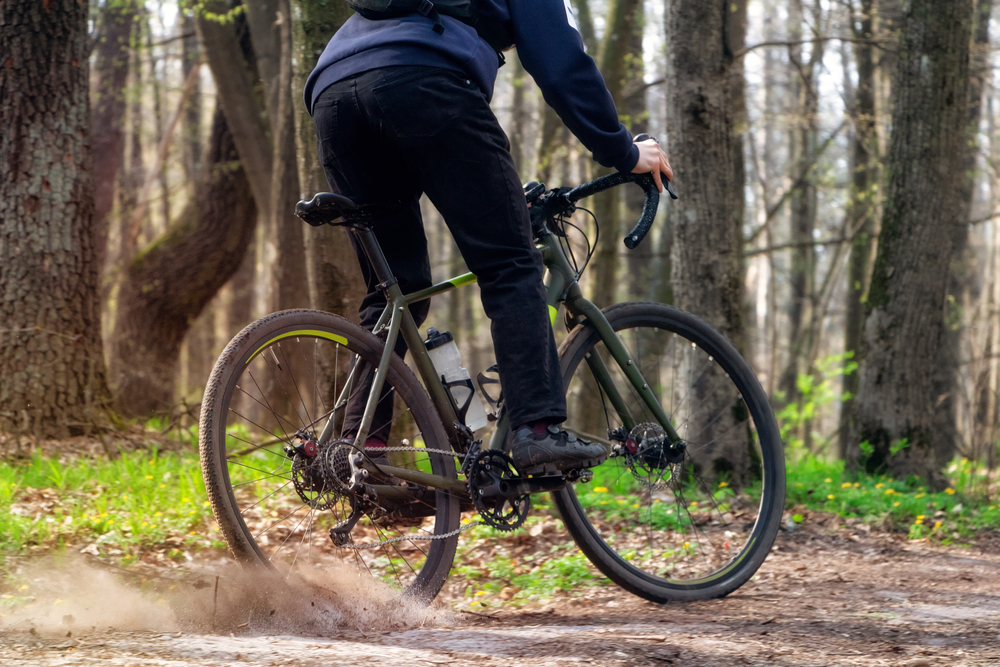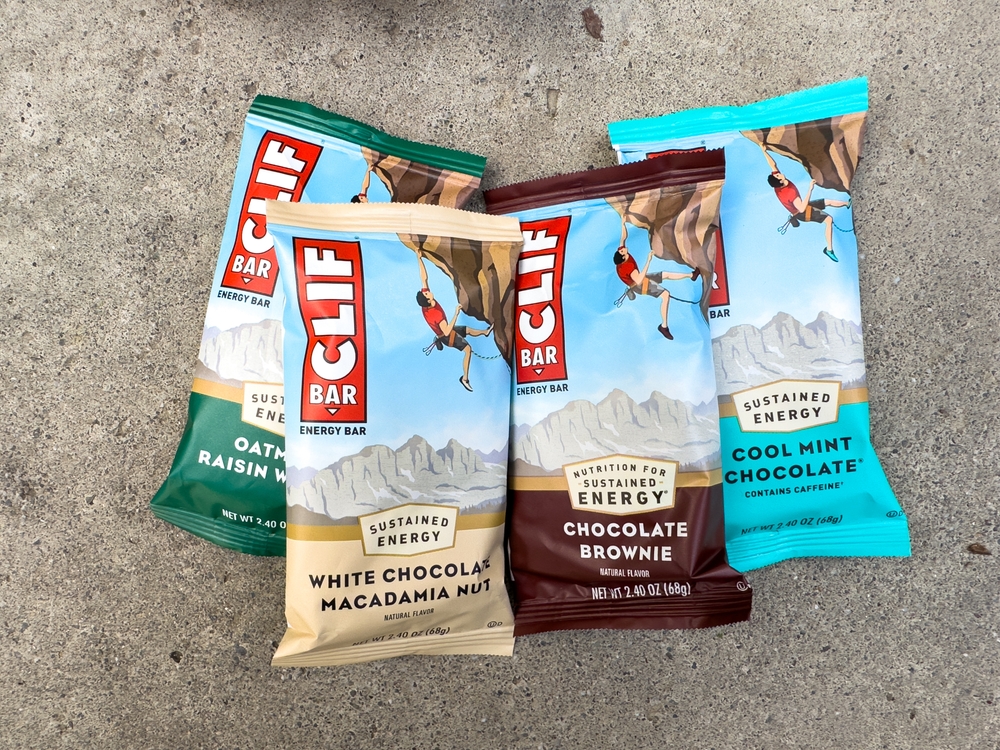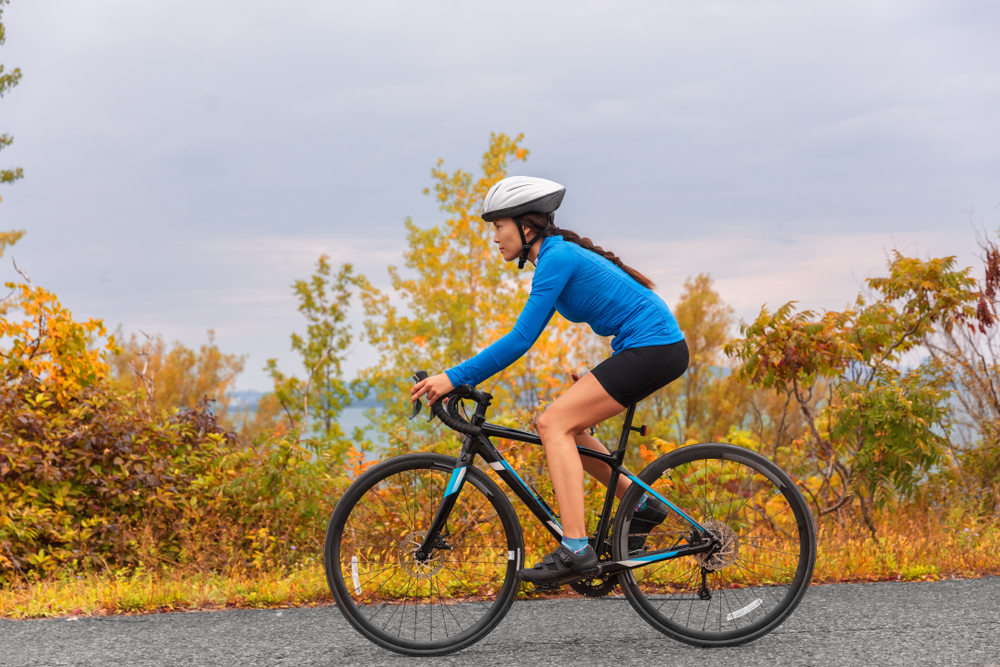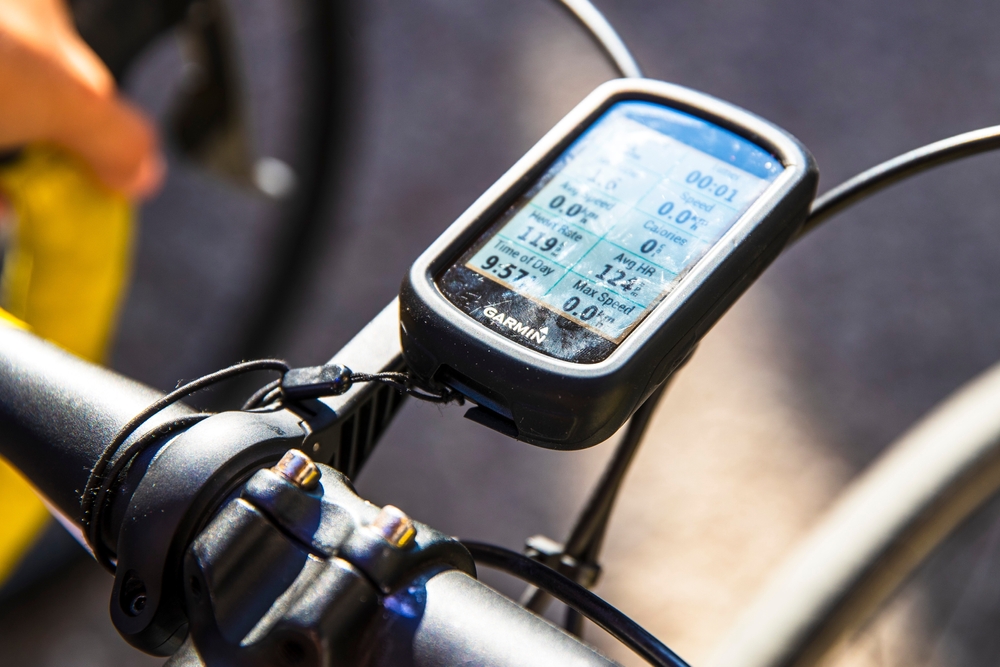MTB Body Armour
MTB Body Armour
Mountain biking is an exhilarating sport that continues to grow in popularity. The challenge of navigating rough terrains, climbing steep hills, and descending rugged trails keeps enthusiasts coming back for more. With these challenges come risks, making protective gear, such as MTB body armour, essential.
Why MTB Body Armour is Important
Mountain biking often involves high speeds, sharp turns, and unpredictable obstacles. Falls and crashes are part of the experience. Here, MTB body armour provides crucial protection. It helps reduce the impact on vital areas like the chest, back, arms, and legs. This reduces the risk of serious injuries.
Types of MTB Body Armour
There is a range of MTB body armour available to cater to different needs and preferences:
- Full-Body Armour: Offers comprehensive protection covering the chest, back, shoulders, and arms.
- Chest Protectors: Focus on safeguarding the chest and ribs from impacts.
- Back Protectors: Designed to shield the spine and lower back.
- Elbow and Knee Guards: Protect joints from scrapes, bruises, and fractures.
- Shin Guards: Provide additional protection from pedal bites and trail debris.
Materials Used in MTB Body Armour
Manufacturers use a variety of materials to balance protection, comfort, and flexibility:
- High-Density Foam: Absorbs shock and provides cushioning without adding much weight.
- Plastic Shells: Add a rigid layer of protection to distribute the impact over a larger area.
- Kevlar: Known for its strength and durability, it offers resistance to abrasions and tears.
- Mesh Fabrics: Promote breathability and ventilation, keeping riders cool and comfortable.
Choosing the Right Armour
Choosing the right MTB body armour involves considering several factors:
- Riding Style: Downhill and enduro riders may need more robust protection compared to cross-country riders.
- Fit and Comfort: The armour should fit snugly without restricting movement. Adjustable straps and ergonomic designs can help.
- Ventilation: Good airflow is necessary to prevent overheating during intense rides.
- Coverage: The level of coverage should match the rider’s confidence and the terrain they ride on.
- Weight: Lightweight armour is preferred for less demanding trails, while more robust options may be heavier.
Maintaining MTB Body Armour
Proper maintenance ensures the longevity and performance of MTB body armour:
- Check for any signs of wear and tear regularly.
- Follow the manufacturer’s cleaning instructions carefully.
- Store the armour in a cool, dry place away from direct sunlight.
- Replace any damaged or compromised sections immediately.
Popular Brands
- Fox Racing: Known for their innovative designs and reliability.
- Poc Sports: Offers high-quality protection with a focus on safety and performance.
- Leatt: Specializes in body armor offering advanced protection and comfort.
- G-Form: Famous for its flexible yet protective materials.
- 661 (SixSixOne): Offers versatile options suitable for different riding styles.
Technological Advances
MTB body armour has benefited from many technological advances:
- D3O Technology: Intelligent material that is flexible during movement but hardens upon impact.
- Shock-Absorbing Foams: Newer foams provide better impact absorption while maintaining light weight.
- Advanced Ventilation Systems: Enhanced designs for better airflow improve comfort during long rides.
- Modular Systems: Allow riders to customize the level of protection according to their needs.
Regulations and Certifications
MTB body armour often meets specific regulations and certifications to ensure safety:
- CE Certification: Indicates conformity with health, safety, and environmental protection standards in Europe.
- ASTM Standards: Provides guidelines for protective gear testing and performance in the United States.
- EN 1621-1/2: European standards specific to motorcycle protectors, often used for MTB armour as well.
Common Myths Debunked
There are several misconceptions about MTB body armour:
- Myth: Armour is Only for Beginners: Even experienced riders face risks, making body armour essential for all levels.
- Myth: Armour Restricts Movement: Modern designs ensure flexibility and do not hinder performance.
- Myth: It’s Unnecessary for Low-Speed Rides: Falls can happen at any speed and on any terrain.
Environmental Impact
Manufacturers are becoming more aware of their environmental responsibility. Many now use sustainable materials and processes. Recyclable materials and eco-friendly packaging are becoming standard. This reduces the carbon footprint associated with production and disposal.






